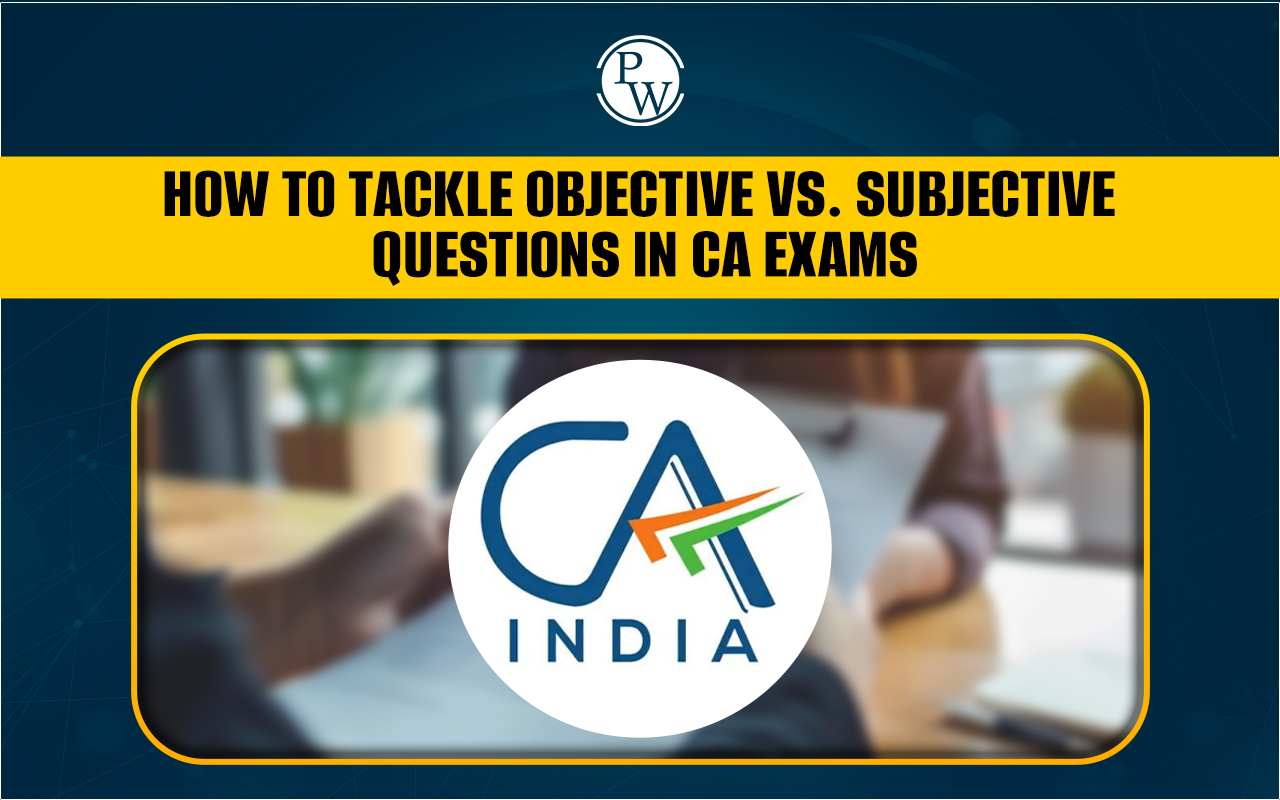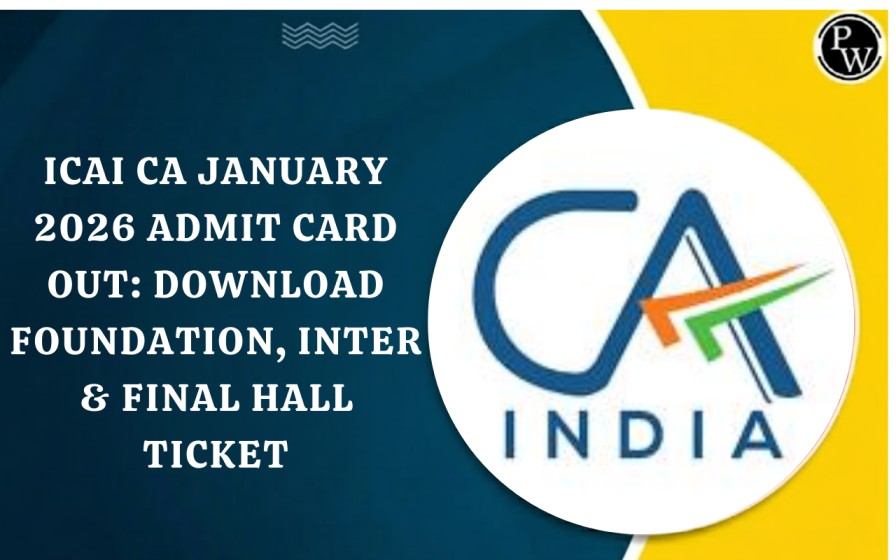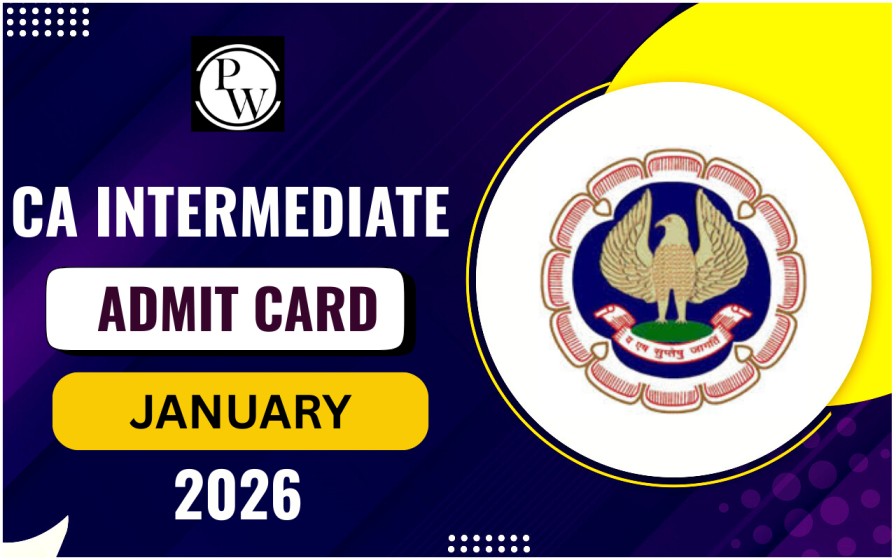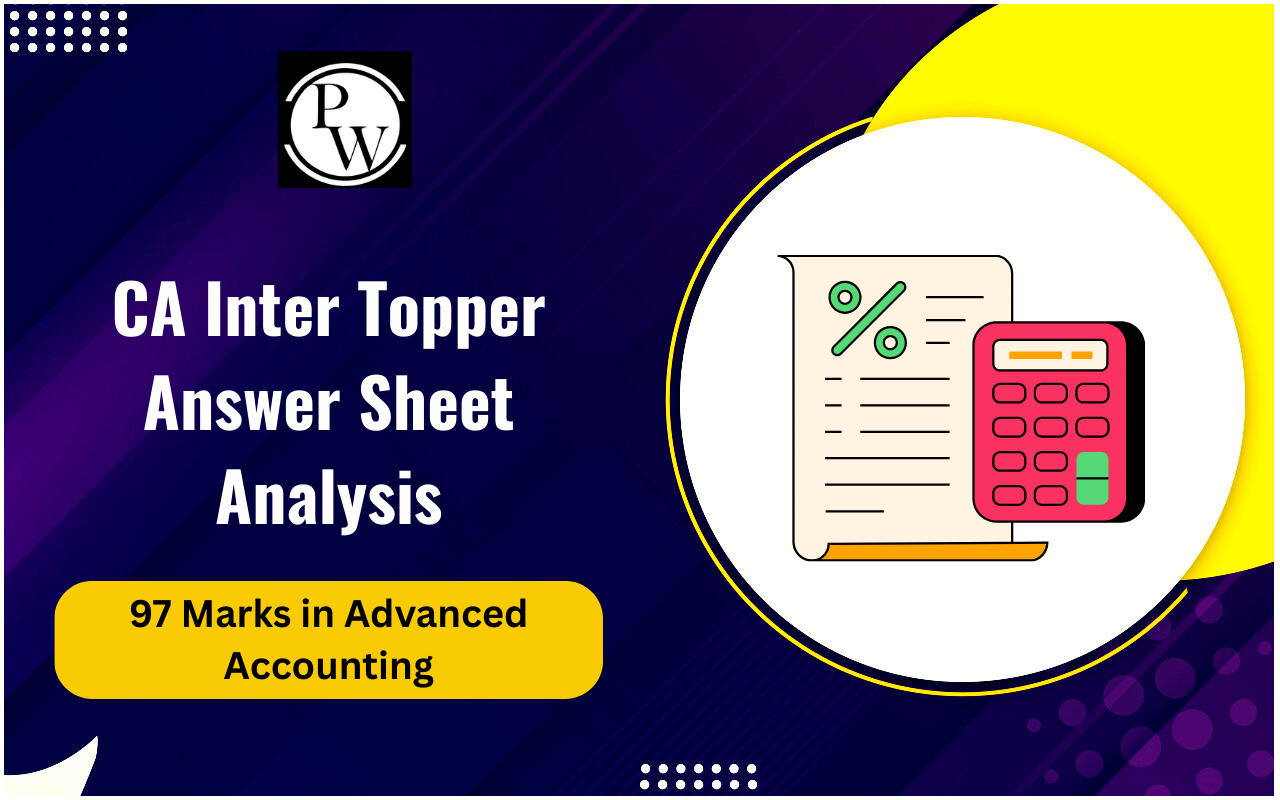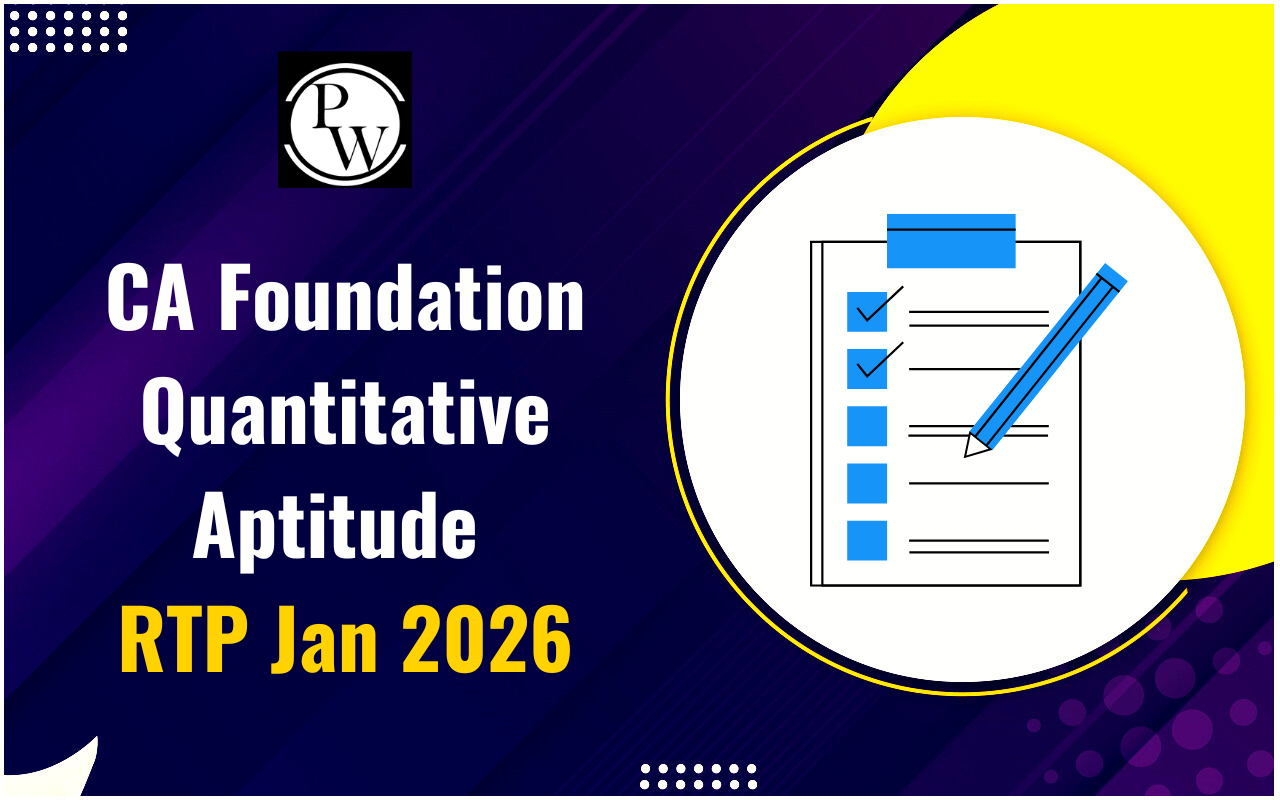
As a CA student, understanding the intricate details of Accounting for Mergers and Acquisitions is crucial. This aspect of accounting not only tests your technical skills but also your ability to apply theoretical knowledge in real-world scenarios. Mergers and acquisitions (M&A) are complex transactions that require a deep understanding of financial statements, valuations, and compliance with accounting standards.
In this article, we’ll delve into the fundamentals of M&A accounting, key concepts, and practical applications to help you ace this topic in your CA Exams .What is Accounting for Mergers and Acquisitions?
Accounting for Mergers and Acquisitions involves recording and reporting the financial aspects of transactions where companies merge or one company acquires another. The primary objective is to provide a clear and accurate representation of the financial health and operations of the newly formed entity or the acquirer post-transaction. This involves recognizing assets, liabilities, and goodwill, and understanding the impact on the consolidated financial statements.Importance of Accounting for Mergers and Acquisitions
Accounting for Mergers and Acquisitions is vital because it ensures transparency and accuracy in financial reporting. This, in turn, aids stakeholders in making informed decisions. Proper M&A accounting practices also help in:- Assessing the financial performance and position of the combined entity.
- Ensuring compliance with regulatory requirements.
- Facilitating better strategic planning and resource allocation.
Concepts in Accounting for Mergers and Acquisitions
The following are the key concepts in Accounting for Mergers and Acquisitions:Purchase Method vs. Pooling of Interests Method
Historically, there were two primary methods for Accounting for Mergers and Acquisitions: the purchase method and the pooling of interests method. The purchase method involves recognizing the acquired company’s assets and liabilities at fair value, while the pooling of interests method involves combining the book values of the merging companies. However, the pooling of interests method has largely been phased out in favor of the purchase method, which is now the standard practice.Goodwill and Intangible Assets
Goodwill arises when the purchase price of the acquired company exceeds the fair value of its identifiable net assets. This is a common occurrence in M&A transactions. Properly accounting for goodwill is crucial as it impacts future financial statements through periodic impairment tests. Intangible assets, such as patents and trademarks, also need to be identified and valued accurately during the M&A process.Fair Value Measurements
Fair value measurement is a cornerstone of Accounting for Mergers and Acquisitions. It involves estimating the price at which an asset could be bought or sold in an orderly transaction between market participants. Accurate fair value measurement ensures that the financial statements reflect the true economic value of the acquired assets and liabilities.Also Check: Arbitration and Conciliation Laws
Steps in Accounting for Mergers and Acquisitions
The Accounting for Mergers and Acquisitions has the following steps:Due Diligence
Due diligence is the first and most crucial step in the M&A process . It involves a thorough investigation of the target company’s financials, operations, and legal standing. For CA students, understanding the due diligence process is essential as it lays the groundwork for accurate financial reporting post-acquisition.Valuation
Valuation is the next critical step in Accounting for Mergers and Acquisitions. It involves determining the fair value of the target company’s assets and liabilities. Various valuation methods, such as discounted cash flow (DCF) analysis, comparable company analysis, and precedent transactions, are used to arrive at an accurate valuation.Recording the Acquisition
Once the due diligence and valuation are complete, the next step is recording the acquisition in the financial statements. This involves recognizing the acquired assets, liabilities, and any resultant goodwill. The entries should reflect the fair value measurements obtained during the valuation process.Consolidation of Financial Statements
After recording the acquisition, the financial statements of the acquiring and acquired companies need to be consolidated. This involves combining the financial statements of both entities, eliminating intercompany transactions, and ensuring that the consolidated statements present a true and fair view of the combined entity’s financial position.Post-Acquisition Adjustments
Post-acquisition adjustments are necessary to align the accounting policies of the acquired company with those of the acquirer. This ensures consistency in financial reporting. Adjustments may also be required for fair value changes in assets and liabilities and for any impairment of goodwill. Prepare for your CA exams with confidence! Join PW CA Coaching for expert guidance, comprehensive study materials, and personalized support. Enroll now to master Accounting for Mergers and Acquisitions and more.| Also Check | |
| Audit Automation and Analytics | IT Audit and Controls |
| Audit Evidence and Documentation | Public Sector Audit |
| Accounting for Small and Medium Enterprises (SMEs) | Integrated Reporting |
Accounting for Mergers and Acquisitions FAQs
What is the primary objective of Accounting for Mergers and Acquisitions?
Why is goodwill important in M&A accounting?
What are the main methods used for valuing a target company in an M&A transaction?
How does the consolidation of financial statements work post-acquisition?
What role does due diligence play in M&A transactions?

